
SPI Injection Molding and SPI Blow Molding offer full service manufacturing of plastic components and finished goods. As a full service manufacturing source in the Great Lakes region, SPI can handle all aspects of manufacturing for your product that contains injection or blow molded plastic parts. From design and tooling, to quality control and assembly, to packing and fulfillment, SPI supports your success by delivering quality parts on time, at a fair price.
From concept to completion
In this competitive market, companies seek every opportunity for cost savings. Maintaining high levels of quality while meeting increased demands for faster turn offers a competitive edge. Working with one experienced plastic molding company instead of working with multiple companies at different stages of the manufacturing process ensures consistency and accuracy for your plastic parts. Selecting full service manufacturing from SPI Industries helps you breathe easy.
Benefits of Full Service Manufacturing of Plastic Parts
Shorter production times
Keeping all phases of the plastic part manufacturing process with one company, reduces production time. Once production begins, each step in the process is set and scheduled. With full service manufacturing, all communication and coordination is streamlined into a proven system and managed by a team of professionals. Each part moves smoothly from tooling to delivery.
Reduced plastic part manufacturing costs
At our full service manufacturing facilities, engineers, designers, and manufacturers work together on each project. The close proximity of the departments allows them to communicate quickly and efficiently. If there are adjustments needed throughout the manufacturing phase they will be identified and addressed at each step. This level of quality control can’t be obtained when each phase of production is outsourced to different companies.
Streamline communication
Working with one company decreases errors caused by inefficient communication. We’ve all encountered issues when changes have not been explained accurately or in a timely fashion. Whether in business, or in our personal lives, limiting the amount of people involved in a process reduces the chance for miscommunication. With full service manufacturing you contact one team. There is no need to schedule meetings with multiple teams or determine logistics for communicating across different time zones.
Time is money.
Each step in the manufacturing process that can be eliminated saves time and money. Because a full-service manufacturing provider is accountable for all aspects of a project, often a higher level of personalized service will result. The buck stops with the full service manufacturing provider. There is no blaming other vendors. Ensuring all processes are correct in the very beginning helps projects move smoothly through each stage. Additional cost savings are returned through discounted rates offered by many full-service manufacturers that niche companies do not offer.
Keeping everything under one roof also eliminates the need to allocate additional funds for packaging and transportation between manufacturing facilities. Staff training, estimating, billing, reports, and correspondence is streamlined when all phases of a product are completed by one company.
Would you like to learn more about how SPI Industries could serve as your full service manufacturing source in the Great Lakes region? SPI Industries’ processing technologies include blow molded and injection molded ready-to-use plastic parts. Give us a call today or complete the inquiry form to connect with an SPI product specialist. Certified to ISO 9001:2015 standards and compliant for food-grade parts, SPI will design and build your mold and deliver ready-to-use quality parts on time, at a fair price.
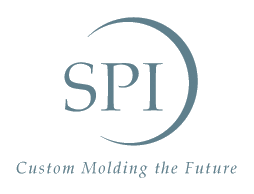
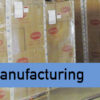


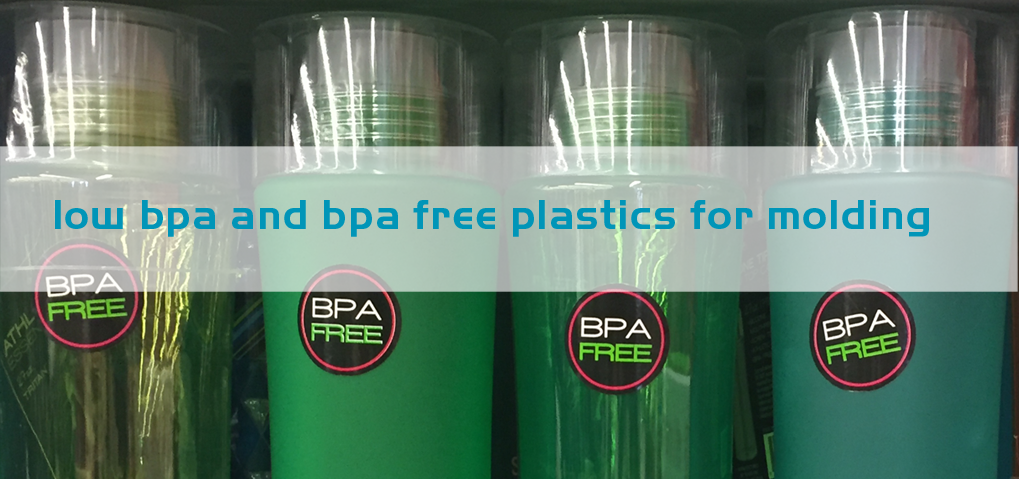
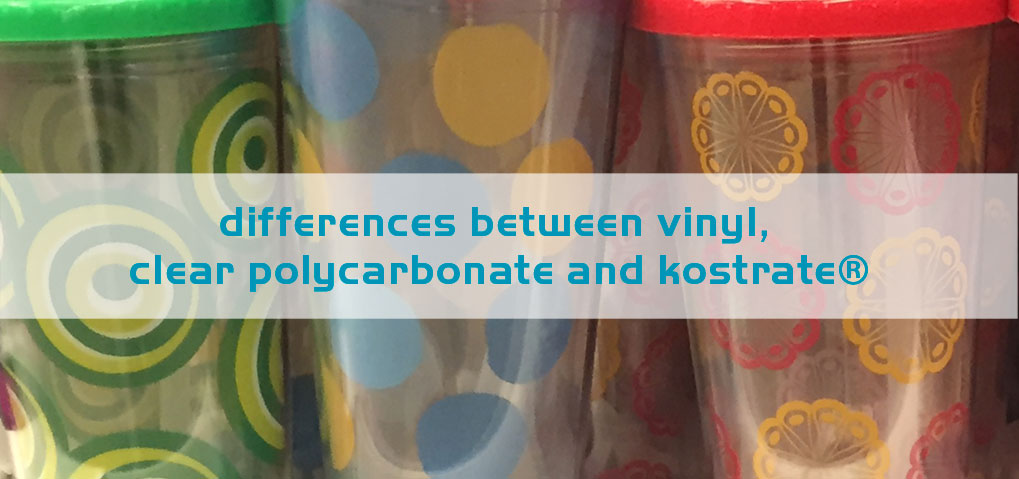
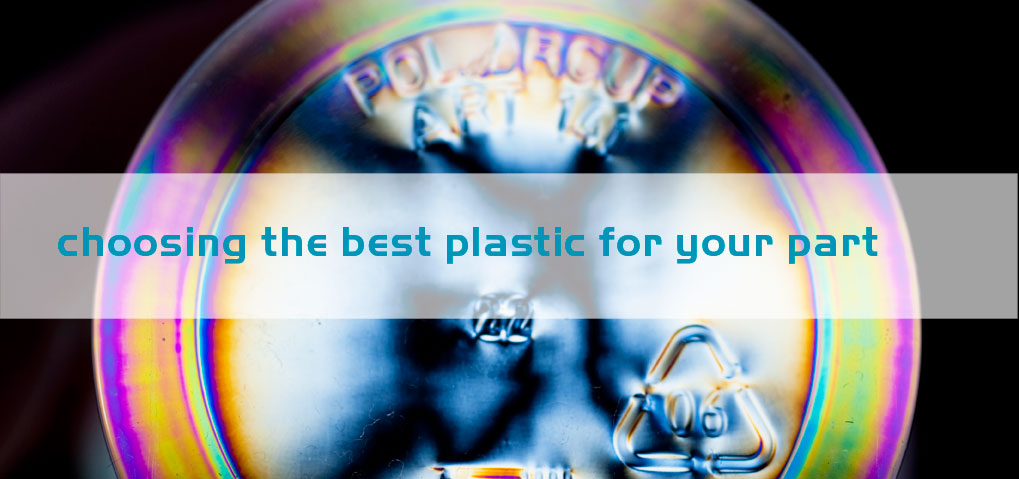 When you’re trying to choose the best kind of plastic for your new plastic mold you’re going to discover there are dozens of options to choose from. The plastics research phase can be quite confusing and overwhelming. The plastic you end up choosing for your new mold will depend upon the ways in which you’ll be using your plastic product or plastic component. The
When you’re trying to choose the best kind of plastic for your new plastic mold you’re going to discover there are dozens of options to choose from. The plastics research phase can be quite confusing and overwhelming. The plastic you end up choosing for your new mold will depend upon the ways in which you’ll be using your plastic product or plastic component. The